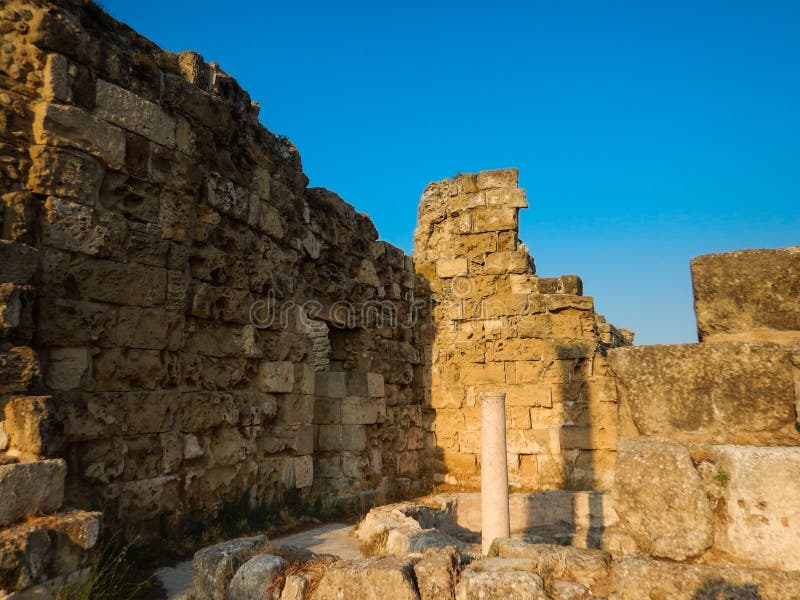

The figures given also do not reflect the workforce needed to maintain the road year-round in a tropical environment. However, if this was also the case of the Coba-Yaxuna Sacbe it would have entailed an additional, and significant amount of manpower and resources to produce and apply. An analysis has not been made to determine if any of the surface rubble includes small pieces of stucco. The surface of the sections of the Coba-Yaxuna Sacbe explored, while level, is broken up into small rock due to centuries of forest cover. Other smaller sacbeob have been identified by researchers as being surfaced with a smooth stucco. Also included would be the gathering and preparation of food and water to supply this immense workforce in the remote forest. This would include leveling the forest digging out limestone slabs from numerous nearby quarries to create the minimum 18 inch/45 cm high sidewalls (the depth of which has not been measured) transporting the slabs to the roadway and then filling in the approximate 32 foot/10 meter wide space in between. It would take 1,000 laborers working 12 hours a day, 7 days a week, nearly two years to construct this project. His calculations depict a level of operation on a massive scale. Riggs PLS PSM, surveyor of record for the ancient Native American Indian site in Miami known as the Miami Circle. To get an idea on the huge amount of labor necessary to construct this roadway through the heart of the Yucatan forest, I consulted with local surveyor, T.L. It should be noted though that recent LiDAR images show the sacbe is not as straight as originally thought. These dimensions are not unique to this particular sacbe, but appear to follow the general plan of other sacbeob (plural) throughout the Yucatan. The sacbe has long stretches of straight sections with occasional angular adjustments. When the sacbe crosses wide, deep ditches, and other severely uneven areas, the roadway is raised, sometimes as high as 8 feet/2.5 meters. This width is about the same as a typical two-lane modern road. The roadway, when on level ground, appears to be raised a minimum of 16-18 inches/40-45 cm in height over varying terrain, and is about 32 feet/10 meters wide. This sacbe is by no means a winding footpath through the forest. While this sacbe and others have been reported on, the engineering involved in its construction, and the reasoning behind it, has received scant attention from modern researchers. It stretches about 62 miles/100kms across the Yucatan Peninsula on an east/west axis between the two sites, and is thought to date from the Late Classic (600-850 CE). The downfall of Narona occurred in the early 7th c., as evidenced by the coins from the Urbica gold coin hoard that was found at the beginning of this century in the southern part of the Forum.The Coba-Yaxuna Sacbe is the longest known ancient, raised stone road in the Maya World. the Naronitan Bishop Marcellus took part in the Salonitan synods that were organised during the Ostrogoth reign. In the 6th century, it is mentioned as a diocesan centre, when in 530 and 533 A.D. the administrative and judicial centre of the wider region.ĭuring the rule of Emperor Augustus, Narona was granted the status of a colony, and this event marked the beginning of the period of its greatest prosperity. In the late Republican period Narona was the seat of the juridical conventus, i.e. Narona frequently served as a Roman military base for the campaigns against the Delmati. The earliest written records on Narona were made by Pseudo Skylak and Theopomp who tell us that the river Neretva is navigable up to Narona in which there was an emporium (trading centre) selling imported Greek merchandise. its fortifications were reconstructed during the Marcomanni wars. the town began to expand eastward, and in the late 2nd c. the town walls reaching to the Salona-Bigestea-Narona road were built, parts of which have been preserved to the present day. B.C., represent the relics of the earliest defensive walls. The round towers on the hilltop, which date back to the 4th-3rd c. Its eastern flank remained unfortified, with the Neretva river forming a natural protective wall.

The town was situated on the hillsides at an altitude of 58 metres and was built according to a Graeco-Illyrian urban concept, spreading in the form of a fan towards the east.

The ruins of the ancient town of Narona are located in the village of Vid some 4 kilometres west of Metkovic.


 0 kommentar(er)
0 kommentar(er)
